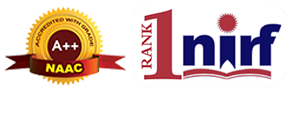
Indira Gandhi National Open University(IGNOU) इंदिरा गांधी राष्ट्रीय मुक्त विश्वविद्यालय (इग्नू)




SOET offers Post Graduate Diploma in Industrial Safety (PGDINDS) with the following broadobjectives:









